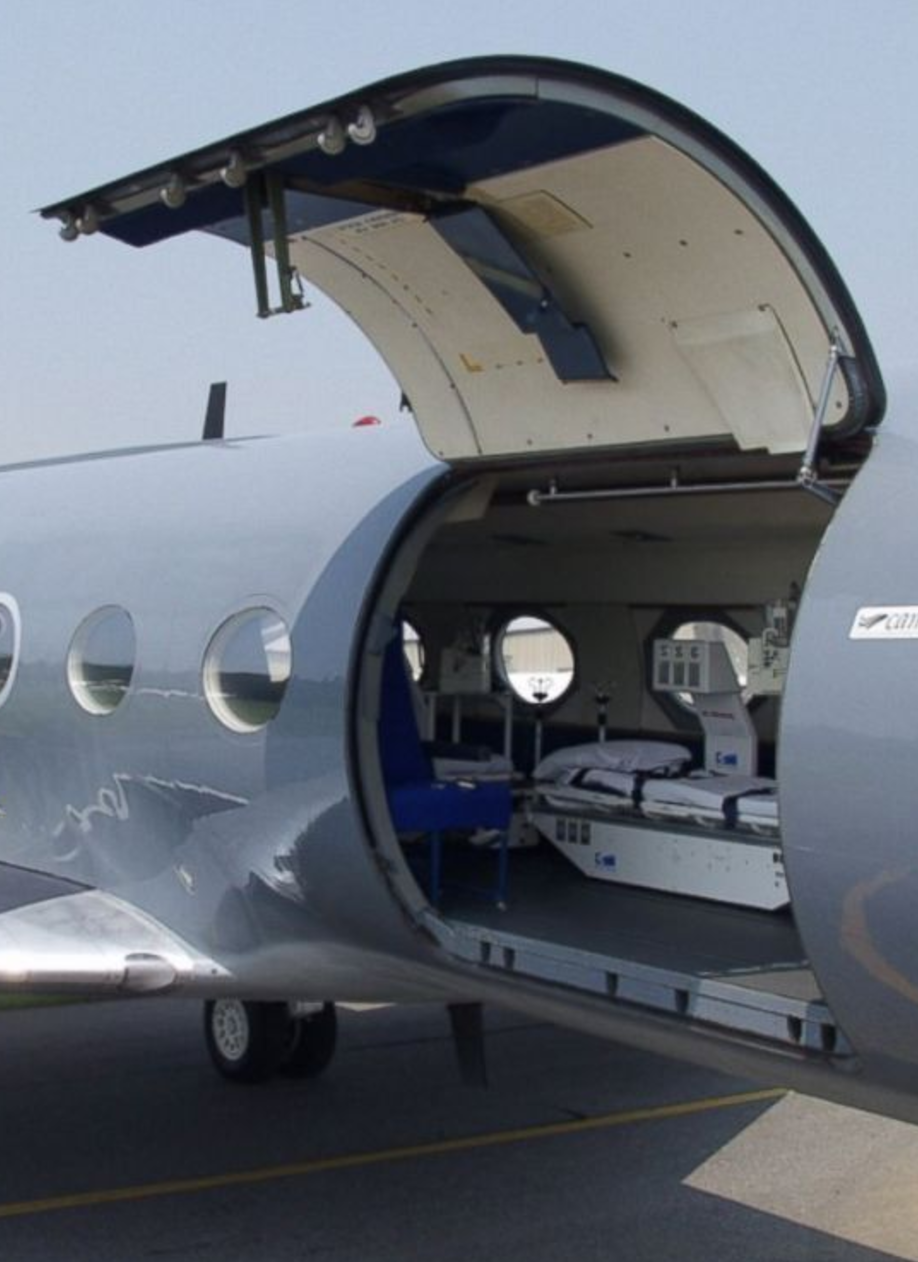Royal Flying Doctor Service

Australia’s Royal Flying Doctor Service is a unique and highly skilled medical services operation operating in the Outback and other rural settings. Founded in the 1920s, the service began as missionary work founded by Rev. John Flynn to aid the few hospitals in Australia’s bush communities. The idea for the service came about because of the lack of medical treatment available to those living in the vast Australian Outback. As few hospitals existed and little in reliable means of communication were available, it was deemed more needed to be done to provide adequate medical care.
The service saw immediate success with patient care and transport but struggled financially. By the end of the 1950s, the service began to flourish and operate with some aid from government funds but continued to rely on volunteers and donations. During this period, the service typically operated with a pilot and nurse as the sole occupants of the aircraft. They would arrive to treat or transport the patient (depending on medical necessity) and would communicate via two-way radio with a doctor on staff.
A myriad of aircraft were part of the service over the years, from humble beginnings with a single de Havilland biplane, the service progressed to Beechcraft Barons and Piper Navajos. Now operating with an all-turbine fleet, the Royal Flying Doctor Service was the launch customer for the Pilatus PC-12 in the early 2000s. The service employs aircraft that are capable, and regularly, operate from unimproved dirt and gravel runways. Sometimes highways double for these impromptu airports. King Airs and PC-12s dominate the current fleet with Caravans and even a Hawker 800XP in service. Typical configurations offer two stretchers or one stretcher and seating for an additional two patients.
Today, the service offers more than simple transportation of patients. General clinics are conducted in remote communities and dental care is provided as well. The aircraft are outfitted with equipment for the care of those in critical condition, including ventilators and monitors. Other services offered are education sessions about health factors and first aid for those living in remote territory. It is a valuable service that will no doubt continue in its mission to provide those in need with care, education, and research missions.